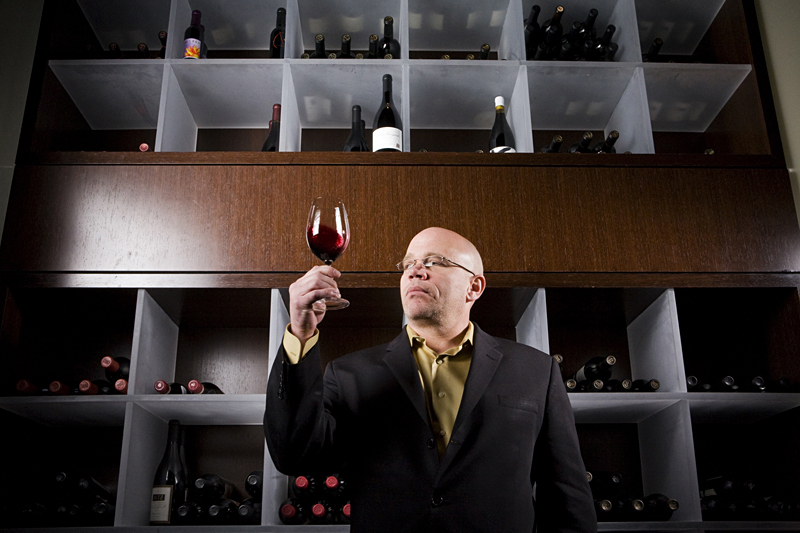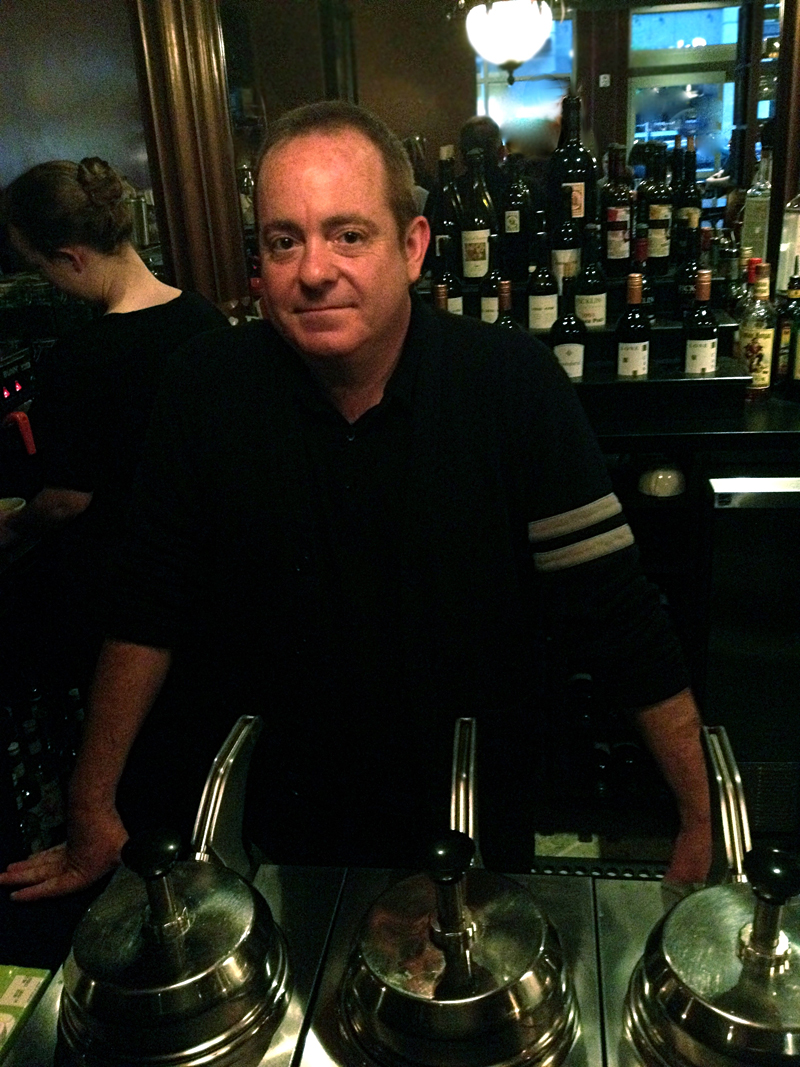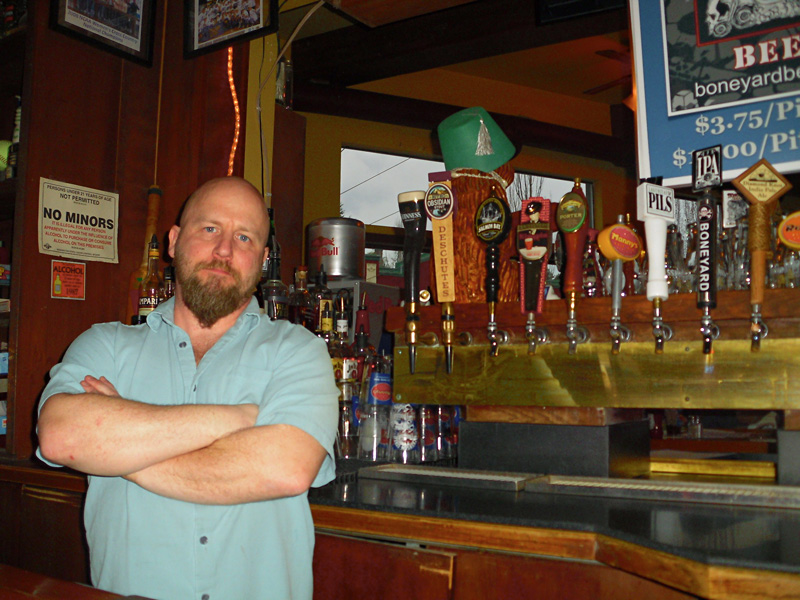Washington State’s wine scene is now a $3 billion industry. With more than 700 wineries, Washington wine is plentiful, diverse, and award-winning: 469 Washington wines reviewed in Wine Advocate this year scored 90 points or higher; Columbia Crest’s 2005 Reserve Cabernet Sauvignon was named Wine of the Year by Wine Spectator in 2009; and Walla Walla’s K Vintners was Food & Wine‘s 2009 American Winery of the Year.
Even local restaurants without a local-food priority have taken to Washington wine—nearly half of Icon Grill’s wine list is Washington-based; Canlis estimates its novel-like list as being around 25 percent Northwestern; and Metropolitan Grill devotes whole sections to Washington’s chardonnays, merlots, cabernet sauvignons, and blends, in addition to other Washington wines.
Yet Washington wines fail to permeate many Seattle-area restaurants that, when it comes to food, adhere to the farm-to-table doctrine. Emmer & Rye and Tilth, for example, dedicate only about half their wine lists to Washington, and Sitka and Spruce offers only a few non-European wines.
“If you’re going to be farm-to-table, then do it,” says Roman LaRose, who built Urbane’s original wine list a couple of years ago. “Why do 50 percent here in Washington, [when] we have almost every single varietal available to us?” More than two-thirds of Urbane’s list comes from Washington, the rest from Oregon.
“When you visit anywhere, you want to drink what they have there,” says Charles Smith, winemaker at K Vintners. “Usually the food and the wine go right together.”
But Seth Caswell, head chef at Emmer & Rye, says Washington doesn’t offer every wine he needs to pair affordably with his top priority: food. “Since I started, my priority has been matching the current menu with the wines,” says Caswell. “I will never put [a Washington wine] on for the sake of using Washington wine.” He likens it to his refusal to put a hamburger on the menu just because it’s a hamburger. Rather, says Caswell, “it has to be a really good hamburger.”
“Stylistically, Washington wines can be a little bit bigger, a little more fruit-driven,” explains Matt Dann, Sitka and Spruce’s house manager. Because Sitka’s food tends to be “more on the delicate side,” the restaurant needs wines that aren’t going to dominate the food, he adds.
Emmer & Rye’s cuisine is branded as “locally derived, seasonally inspired.” Of its 33 wines, 15 are from Washington, three from Oregon. Caswell says that while he’s changed his list specifically to add more Washington wine, he just doesn’t have all the options he’d like at an ideal price for customers. He notes that there are “no standouts in white wine” among the state’s vintners, and that some local varieties missing within his desired price points are syrahs and Old World–style Pinot Noirs (most wines on his list are $30–$45). Price is less of a concern for a place like Woodinville’s Herbfarm, which boasts a customer base that expects to pay a little more, as the restaurant requires a $50-per-person deposit with each reservation.
Both Caswell and sommelier Adam Chumas of Tilth find other ways to make non-Northwest wines fit their farm-to-table philosophies—buying directly from vintners instead of distributors and finding “greener” wines, such as biodynamic wines from vineyards that adhere to organic farming practices. Caswell says that though location is a prime consideration for cuisine, he’ll favor biodynamic over local wines.
While Chumas is always looking for good Northwest wines, he keeps Tilth’s list half Northwest and half European. Since his passion for wine primarily lies in the Old World, he has no intention of switching up his model anytime soon.
If there aren’t enough Northwest wines to match with every single dish served at a farm-to-table restaurant, then why do restaurants like Urbane and the Herbfarm have such successful all-Northwest wine programs?
Smith senses a “disconnect” in farm-to-table restaurants between food and wine: “Sometimes [farm-to-table restaurants] really focus on the food,” he says.
“With at least 1,500 wineries from which to choose, there is no need for anyone to feel deprived or cheated by drinking our wine with our food,” adds the Herbfarm’s Ron Zimmerman. “The cuisines of those regions are perfectly attuned to the local wines. There is certainly no hardship in finding appropriate Northwest wines to pair to our menus these days.”
Sean Halligan, head of the wine program at Urbane, says that when you consider both Washington and Oregon, you can come up with enough variety to pair with anything. He adds that while not all state wineries are certified organic, most of them are using organic farming practices, but simply can’t afford the expensive soil testing required for certification.
Asked about the Old World wines—Rhône, Bordeaux, or Burgundy, for example—that Chumas favors, Halligan recommends several. The first he cites, with no hesitation, is the 2008 Doyenne Roussanne, a Rhône-style wine from DeLille Cellars in Redmond.
“Eastern Washington [is] a desert,” states Ryan Pennington, public-relations director for the Washington Wine Commission, casting his gaze across the Cascades. “The land is very arid, but irrigation from the Columbia River can create any climate.” He adds that eastern Washington wine country has drastic temperature changes from day to night, which results in the wine being “more balanced” and “Old World–like.”
Katherine Goodson, general manager of Yakima’s Kana Winery, says that she works with five different growers throughout the Yakima Valley, and that it’s no challenge at all to find grapes for their Rhône-style wines. “We’re all about food pairing,” she says.
So why, then, are more Seattle restaurants not buying these local wines? Halligan postulates that it’s a matter of education, with local sommeliers coming into tastings with “a rustic attitude” about our state’s wineries. A lot of people working in wine programs here, Halligan says, were trained in California or Europe, which colors their choices.
For example, Chumas, who used to run the wine program at The Inn at Pleasant Lake in New Hampshire, says that although the market has shifted toward Washington, that wasn’t the case when he was starting out. He says he will always devote half his wine list to Europe. Meanwhile, Rover’s, whose head chef, Thierry Rautureau, was raised and educated in France, has a list full of European and California wines.
LaRose acknowledges that he’s never had to build a wine list for a freestanding restaurant. Urbane, part of the Hyatt’s downtown Olive 8 property, has never had to work with the budget constraints faced by someone like Caswell, whose restaurant has been open less than a year. This could be one reason why not all farm-to-table restaurants carry a preponderance of local wines.
Caswell admits there was a learning curve when he built his first wine list: He knew where to look for produce, but wine was a challenge. A wine list “can be really intimidating” if you’re not used to ordering wine, he says, and it’s especially important for a new restaurant to have “a couple of no-brainers” for accessibility’s sake.
“Their customer is more aware of [California and Europe],” says K Vintners’ Smith, who concedes that Washington doesn’t carry the same “prestige” yet, making an all-Washington wine list difficult.
Halligan thinks this problem is temporary. “It took awhile for people to go to California from French wines,” he says. “It’ll change.”







